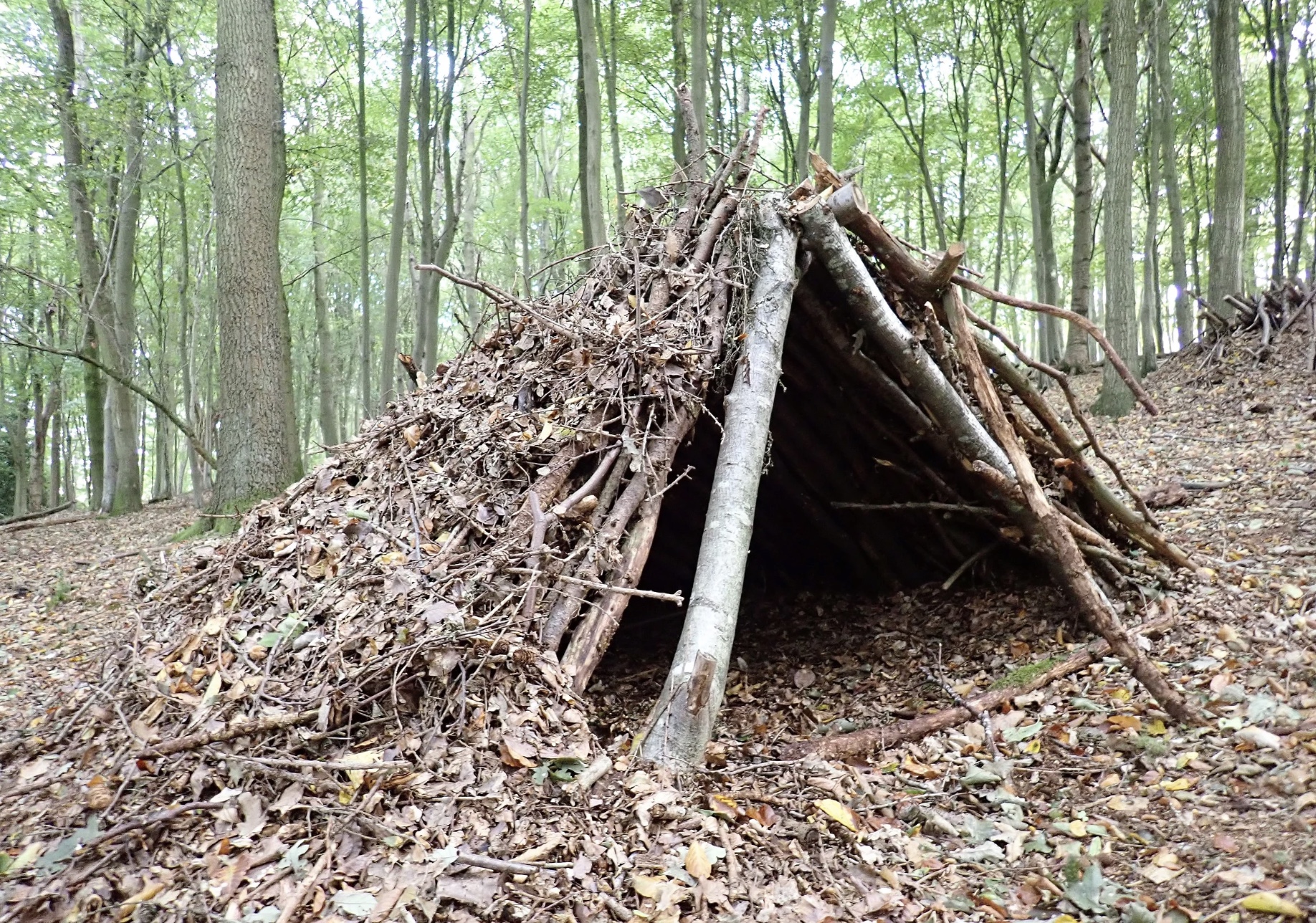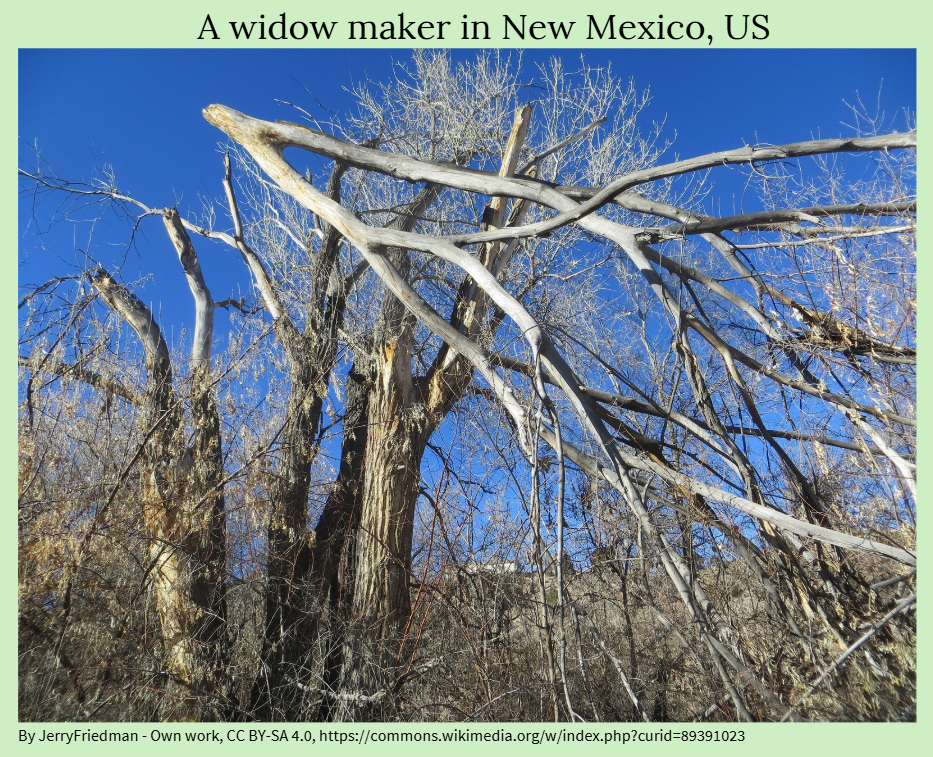Shelter, Water, Food (In that Order)
Shelter, water, and food comprise the trinity of essentials needed to sustain life. If you find yourself lost in the woods, building shelter, finding drinking water, and
foraging and hunting have to take top priority, which can be intimidating, but in reality it’s not as nearly as difficult as it may seem.
Humans are, after all, animals, but it’s important to note that we’re the most intelligent animals on the planet, and it doesn’t exactly take a genius to build a shelter and acquire water and food. Shelter should always be your top priority – you can last weeks, or in some cases
months without food (the exact length depends on your height and weight), while you also won’t die if you don’t drink water for a day or two. In some extreme
cases, people have survived for up to ten days without water, so there’s no need to panic if you don’t have a water source available this instant.

How to Build a Shelter
Before you start building your shelter, you need to pick out the location. For this, we’ll focus on the three Ws; wind, water, and widow-makers. You need protection from the wind, and nature, thankfully, has an almost inexhaustible supply of rocks, cliffs, caves, and even trees that can make good hiding spots.
While we’re on the topic of caves, it’s important to note that they can be very dangerous – don’t delve into a deep cave for shelter, but rather look for dents in cliffs and mountainsides. The reason you should avoid deep caves is twofold; firstly, you don’t know what’s in there (bears love to rest there, for example), and secondly, some caves are full of carbon dioxide (because of infiltrating waters), which can kill you – you can test the air quality of a cave with a lighter or matches. Flame needs oxygen to burn, so if there’s no light, there’s no oxygen.
Water is another important resource – you don’t want to build shelter too far from it as you’ll need to drink it constantly. However, in an emergency, you shouldn’t prioritize closeness to water. In fact, water proximity is only important for a long-term shelter!
Finally, we have to remember to watch out for widow-makers. Widow-makers are half-dead branches that can be knocked off trees if a strong enough wind blows. Since they’re heavy and they usually fall from a height, they can easily kill you.
